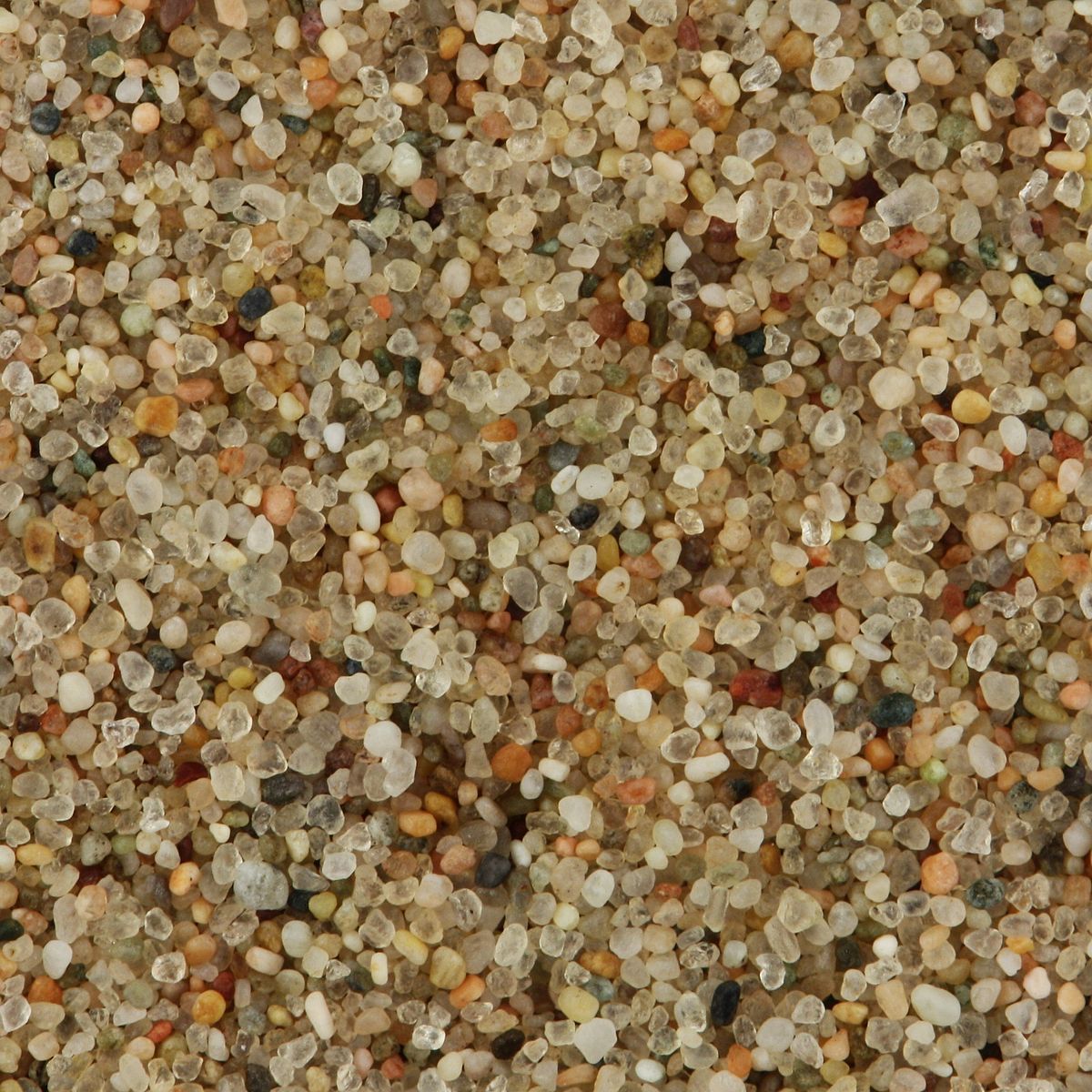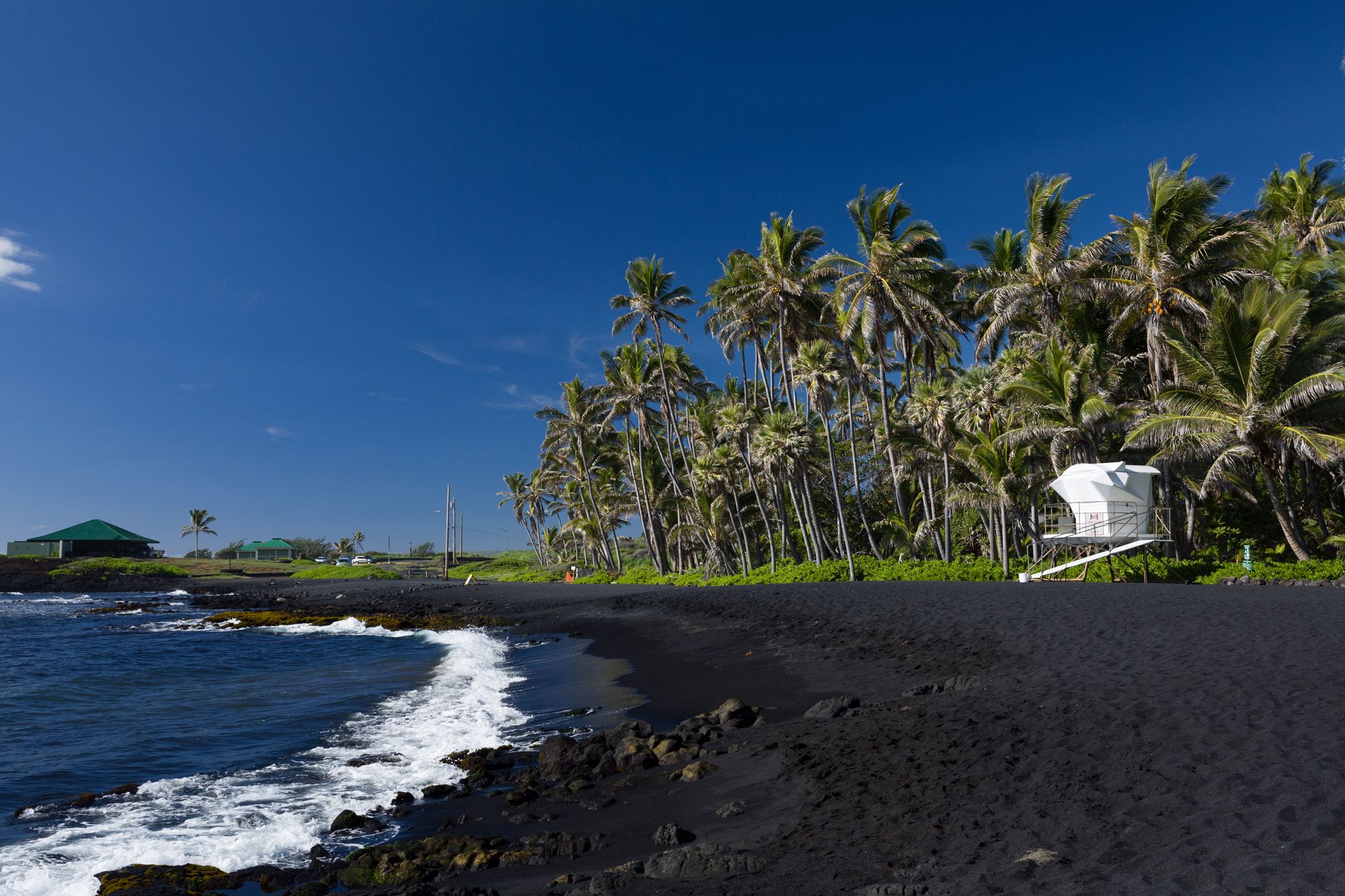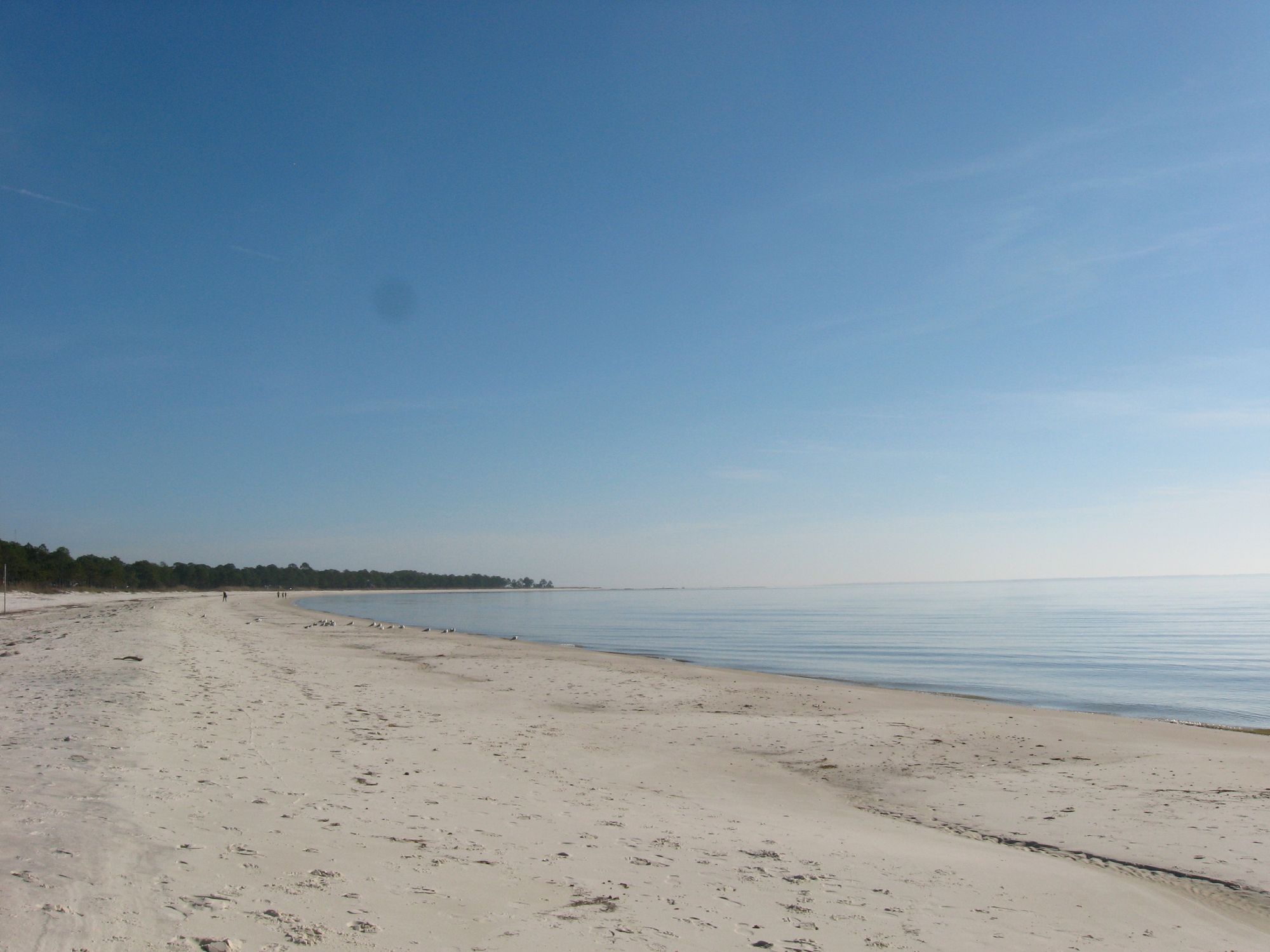
It’s Coarse, Rough, and it Gets Everywhere
While much of Backyard Florida has focused on plants, this time we’ll be talking about something else found throughout the Florida Backyard. However, this time we’re not even discussing something that’s alive. If you couldn’t guess from the above picture, it’s sand.
Sand is an integral part of the Florida story. The white sandy beaches are a major reason why people come here. But why are the beaches like that? What is it about Florida that produces such things? And, in the end, what really is sand? It is everywhere here, and yet we take its existence for granted.
By definition, sand is a granular material (meaning it consists of grains) of rock and mineral particles. What makes something sand, as opposed to something else, is the overall size range of those particles. There are several classification schemes for particle size, but overall the lower bound is around 1/16mm (particles smaller than that are considered to be silt) and the upper range is 2 to 4 mm (larger particles are considered gravel).
Collected together, sand varies in color and texture based on its composition, i.e. the minerals that make up the sand grains. The majority of sand found in inland regions of the world, as well as non-tropical coastal areas, is comprised of silica, usually in the form of quartz crystals. This is because of the overall hardness and chemically inert nature of this type of mineral. While Florida sand does contain some of this material, much of our sand is composed of an entirely different material: calcium carbonate.
Why would our sand (as well as the sand on other tropical coasts) be so different? The answer lies in the source of the minerals that make up our sand. Calcium carbonate can be found in crystallized, mineral forms such as calcite and aragonite. While these crystals can form from inorganic processes, they are most commonly found as the deposited ‘skeletons’ of various marine organisms including corals and mollusks. When the organisms die, the shells remain and can be broken down by erosion and other processes into smaller pieces and eventually form sand. These minerals are what give the beaches in Florida and especially in the Caribbean their beautiful white color.
But not all beach sand is like that. In places like Hawaii as well as many beaches in Central America, the sand is a dark color, brown or even black. This is because the minerals in this sand have a completely different origin. They are volcanic. This sand comes from igneous minerals, especially basalt and obsidian. Over time, after deposits cool, erosion can break down these volcanic rocks into fine grains, creating the distinctive black sand.

Of course, many people in Florida know that you don’t need to go to the beach to find sand here. It’s all over the place, even far inland. Why is that? Well, keep in mind that, over geologic time scales, sea level has shifted as glaciers formed and melted. This has had a dramatic impact on Florida, as much of the peninsula is of low elevation, usually not much more than 100ft above sea level. Five million years ago, where I currently sit, as well as much of the state’s current land area, was underwater. Millions of years of marine organisms forming their mineral shells helped create the limestone upon which Florida now sits. This rock is water soluble, which has created underground hollows and aquifers, where much of our fresh water comes from. However, the shifting sea levels also contributed to lots of erosion and the creation of a lot of sand.
Of course, some Florida inland sand is of the more common quartz variety, but it’s important to think about how young this place truly is. Land animals have only been present here for a little over 20 million years. That sounds like a long time, but remember that the first terrestrial vertebrates emerged around 375 million years ago. Compared to that, Florida is still in its early years.

If you live in Florida, the next time you go to the beach, think about what’s beneath your feet. Consider where that sand came from, and how many marine organisms contributed to it. Thousands or even millions of years of extracting minerals from the ocean to form their protective shells. The geology of a place is just as important as the flora and the fauna, and even easier to overlook. In some ways, Floridians are standing on top of a giant underground graveyard of ancient marine creatures. Maybe that’s a little creepy, but I think it’s also really neat.